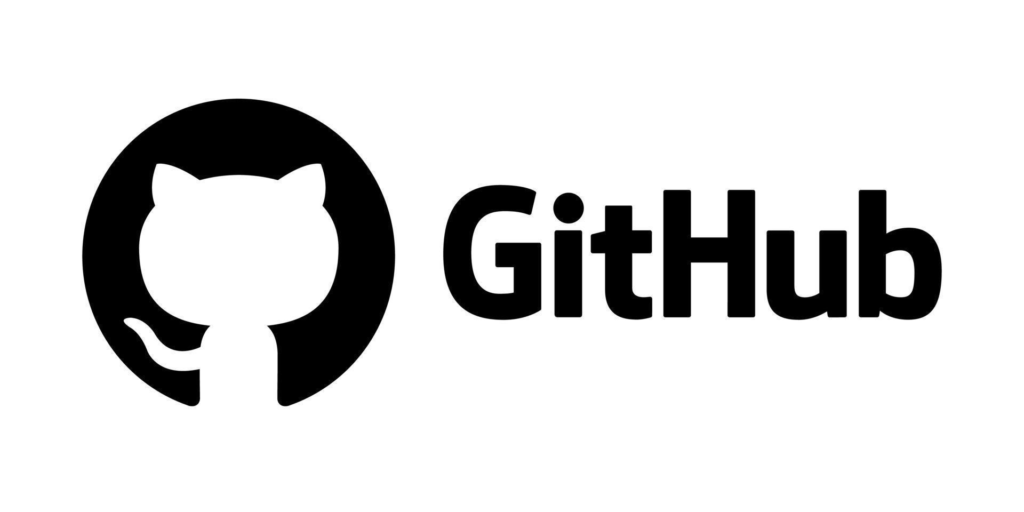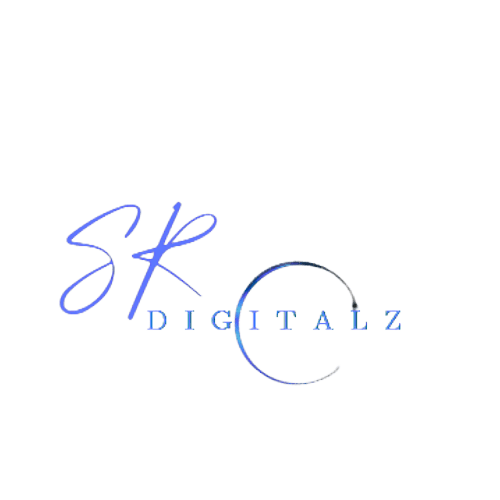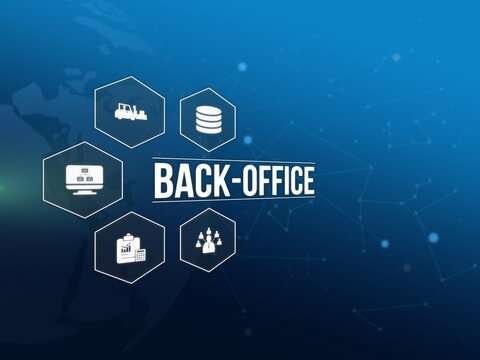Top 10 GitHub Features Every Web Developer Should Know
Introduction
GitHub is the most important tool in your toolbox when it comes to web development. GitHub’s features make development more effective, safe, and streamlined, whether you’re working with a worldwide team or working alone on a portfolio site. However, are you making the most of GitHub? Let’s examine the ten most important GitHub features that all web developers ought to be aware of.
GitHub Basics: A Quick Refresher
What is GitHub?
GitHub is an online platform that combines collaboration, project management, and version control. Fundamentally, GitHub assists developers in tracking and managing code changes through the use of Git, a distributed version control system.

Key Terms to Know
- Repositories: Consider them the folder for your project.
- Branches: Distinct areas for testing or feature addition.
- Commits: Modifications saved in the history of your project.
- Drag Requests: Change proposals are available for evaluation.
Feature #1: GitHub Issues
Streamlining Project Management
GitHub Issues serves as your project’s to-do list. In one location, developers can assign work, manage defects, and propose features.
Organizing and Tagging Issues
Your issues will remain apparent and addressed if you use milestones and labels. For easy tracking, you may even connect issues to pull requests.
Feature #2: GitHub Actions
Automating Workflows
Consider automating CI/CD pipelines, testing, and deployment. You may make unique workflows right in your repository using GitHub Actions.
Real-World Examples
GitHub Actions reduce errors and save time by deploying apps and automatically running tests when code is published.
Feature #3: Pull Requests (PRs)
The Role of PRs
Pull requests encourage teamwork. Before integrating code into the main branch, they give team members the opportunity to examine, debate, and recommend modifications.
Reviewing and Merging Effectively
To submit revision requests, approve changes, or make comments, use GitHub’s integrated review features.
Feature #4: Branching and Merging
Best Practices for Branch Management
To keep branches structured, use naming conventions such as feature/ or bugfix/.

Avoiding Merge Conflicts
Pulls from the main branch on a regular basis minimize conflicts when merging.
Feature #5: GitHub Pages
Personal Portfolio or Project Website
It’s as simple as publishing your HTML files to GitHub Pages to host a static website. Ideal for managing a documentation website or exhibiting your projects.
Setup Made Simple
Simply select a theme, activate GitHub Pages, and navigate to your repository settings.
Feature #6: GitHub Discussions
Enhancing Collaboration
Outside of Issues, GitHub Discussions provides a forum-like environment for idea sharing, troubleshooting, and update sharing.
Real-Life Scenarios
Discussions may help your team work together on everything from developing new features to holding community Q&A sessions.
Feature #7: Code Review Tools
Streamlining Reviews
Developers may rapidly approve or reject changes and leave inline comments using built-in review tools.
Constructive Feedback
To make learning better for everyone, always consider the “why” behind recommendations.
Feature #8: Security Features
Dependabot Alerts
GitHub helps you maintain the security of your project by scanning your dependencies and warning you about vulnerabilities.
Best Practices for Security
Review security advisories frequently, and install updates as soon as possible.
Feature #9: GitHub Insights
Analyzing Metrics
To determine the health of a project, keep track of contributions, commits, and issue resolution timelines.
Improving Team Performance
Finding bottlenecks is made easier with insights, which facilitate efficient resource allocation.
Feature #10 – GitHub Copilot
AI-Powered Assistance
To expedite work, GitHub Copilot anticipates your code, makes recommendations, and even creates snippets.

Maximizing Productivity
When performing repetitious tasks, use Copilot, but carefully check its recommendations for correctness and applicability.
Conclusion
Your development workflow can reach new heights if you become proficient with GitHub’s services. Examine these ten fundamentals first, then work on incorporating them into your projects. Your coding experience will become more fluid the more you utilize them.
FAQs
- What is GitHub, and why is it essential for developers?
GitHub is a collaboration and version control software that is essential for efficiently maintaining and sharing code. - How do GitHub Actions differ from Jenkins?
Although they both automate processes, GitHub Actions offers a more seamless integration because it is integrated into your repository. - Can I use GitHub Pages for free?
Yes, static website hosting is free with GitHub Pages. - Is GitHub Copilot worth the investment?
Of course! Although technology increases productivity, it functions best when used in conjunction with human skill. - How can I start learning GitHub features effectively?
To gain practical knowledge, look through GitHub Docs, participate in community forums, and begin with modest projects.







